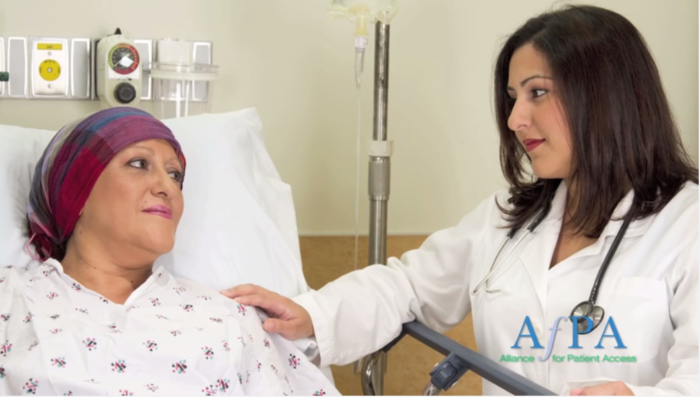Out-of-Pocket Costs Overwhelm Cancer Patients – Even Insured Ones
August 29, 2017
Cancer patients are being asked to pay more than they expected for treatment, despite having health insurance. And when the out-of-pocket burden becomes unbearable, some are opting out of drugs, procedures and diagnostics that might otherwise save their lives.

According to new findings from Duke University:
- Sixteen percent of cancer patients have high or overwhelming financial distress
- Patients pay an average of 11 percent of their income on out-of-pocket treatment costs
- Patients’ median monthly out-of-pocket expenditure is $703
- Those who reported the most financial distress are spending 30 percent of their household income on health care.
Researchers surveyed 300 patients at Duke and three other institutions. More than 60 percent of patients surveyed had private insurance; the remaining patients were covered by Medicare or Medicaid. Researchers note that spending 10 percent or more of one’s income for out-of-pocket medical expenses is recognized as being uninsured.
“When patients get insurance, more often than not they think their treatments are going to be covered,” study co-author S. Yousuf Zafar explained to Forbes. “But with insurance design changing, and the increasing in cost sharing over time, just having insurance is usually not enough.”
When coverage proves to be “not enough,” some patients simply decline treatment. The study found that patients who faced out-of-pocket costs that were higher than they expected were less willing to pay for care. And Zafar found in a previous study that almost half of cancer patients deviate from their treatment regimen because of cost.
The situation is familiar to Zafar’s co-author, Fumiko Chino, MD. Now a radiation oncologist, she came to Duke to study financial toxicity after her husband died of cancer 10 years ago. As she explained to NPR, the expense of his care exceeded their health plan’s prescription drug benefit limit, then the lifetime coverage limit. Chino emptied her retirement savings to cover her husband’s medical costs. But she’s still paying off medical debt today.
Choosing between treatment and financial ruin is painful, especially given the emergence of precision oncology and immuno-oncology therapies, which present unprecedented tools for fighting cancer. But the conundrum may not be going away anytime soon. The Kaiser Family Foundation found in its 2016 Employer Health Benefits Survey that insurers are passing more costs along to patients, with family premiums rising 20 percent since 2011. Roughly 67 percent of patients now have a co-pay to see their doctor.
Tags: Cost Sharing, Innovation, OncologyCategorized in: Blog

